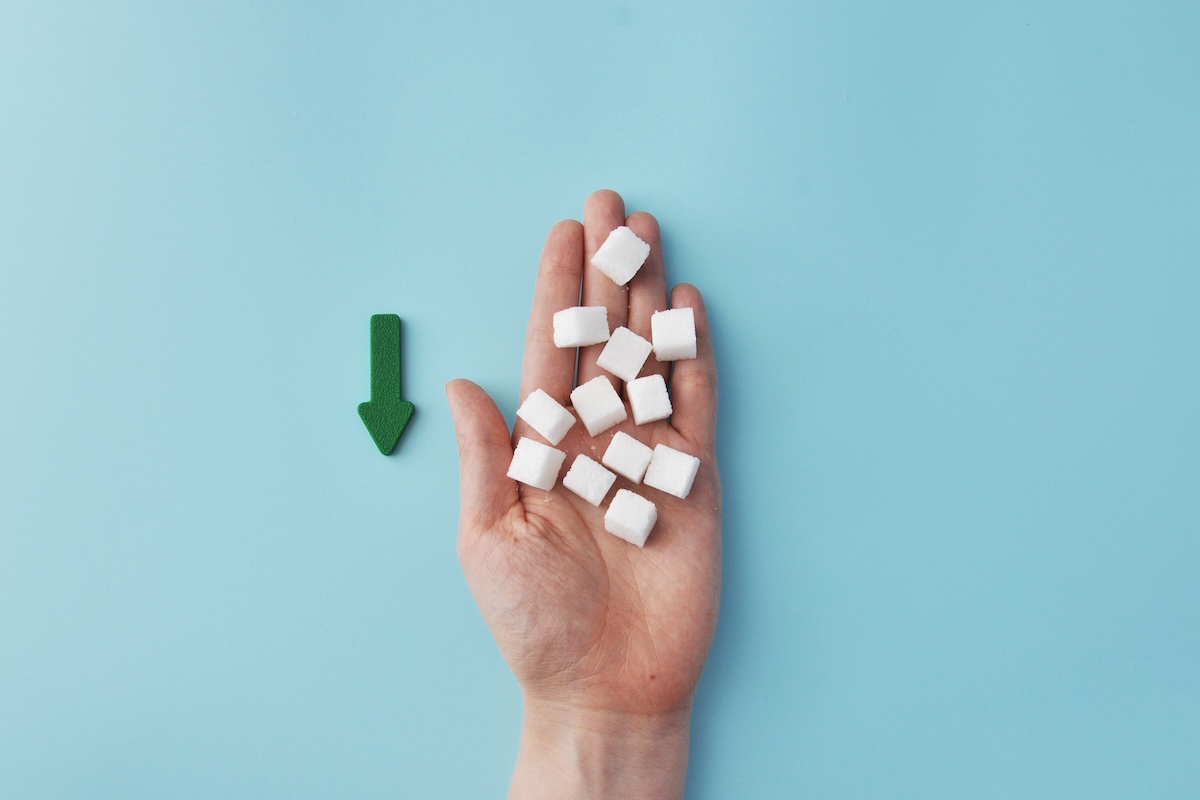Do you take Glimepiride or Glipizide? If so, these are part of a medication class called sulfonylureas, which are commonly used in Type 2 diabetes management. They are often prescribed as second- or third-line medications because of their effectiveness and lower cost. Let’s review how this medication lowers blood sugar and how to mimic these effects in your body.

What Does This Medication Do?
Normally, your body makes enough insulin to keep blood sugar stable throughout the day. With type 2 diabetes, your body may still make insulin, but it might not use it as efficiently — this is called insulin resistance.
Sulfonylureas help by telling your pancreas to produce a little more insulin. You can think of it as giving those insulin-making cells a small “jolt of caffeine” so they can work harder. The extra insulin then tells your body to lower blood sugar after meals and throughout the day.
Who Usually Takes It?
- Adults with type 2 diabetes, especially those who are newly diagnosed or still producing some of their own insulin.
- Those with consistent meal patterns (since skipping meals can increase low blood sugar risk).
This medication is often prescribed alongside Metformin, and sometimes with other medications like SGLT2 inhibitors or GLP-1 receptor agonists.
How Do You Take It?
Sulfonylureas are usually taken once or twice a day, depending on the type. Timing matters because these medicines start working around the meal times.
- Glipizide (Immediate-Release): Typically prescribed 30 minutes before breakfast and/or dinner.
- Glipizide (Extended-Release), Glimepiride (Amaryl), or Glyburide (Diabeta): Typically prescribed with breakfast or your first meal of the day.
- Typical doses range from 4–20 mg daily, depending on the specific medication and your provider’s instructions.
Your provider will guide you on when to take your medication—whether that’s with breakfast, dinner, or another meal. There isn’t a strict rule on timing, but most sulfonylureas are prescribed to be taken with or just before a meal (often the first or main meal of the day). Always follow your provider’s specific instructions. If you take glimepiride on an empty stomach, and don’t eat enough at that time, low blood sugars can occur.

What Should I Expect?
- Blood sugar lowering begins within about 30–60 minutes after taking your dose.
- Peak effect: 1–3 hours for most medications in this class.
- Duration: Usually works for 12–24 hours, so it’s often prescribed with your first meal to reduce overnight low blood sugar risk.
If you skip a meal, glimepiride can make your blood sugar drop too low — plan to eat soon after taking it. and DO NOT SKIP MEALS.
Common Side Effects & Considerations
- The main side effect is low blood sugar (hypoglycemia) — especially if meals are delayed, skipped, or low in carbohydrates.
- Weight gain can occur, especially with poorly balanced meals or portion sizes, and limited physical activity.
- Most people tolerate sulfonylureas well, but they may not be suitable for those with advanced kidney or liver disease.
- Not typically used for people with long-standing diabetes where insulin production is very limited.
Lifestyle Habits that Mimic or Support Glimepiride
Since sulfonylureas help your pancreas release insulin, you can support that action naturally by:
- Regular exercise — especially a mix of strength training (2–3 days/week) and 150 minutes of moderate activity weekly.
- Balanced meals with vegetables, lean proteins, healthy fats, and complex carbs.
These habits also improve insulin sensitivity and reduce stress on your pancreas over time, making your body generally more able to handle glucose changes independently, regardless of medication, and are always recommended habits to have.

Tips for Success
- Take your dose with or before meals as directed — if you forget, it’s okay to take it during or right after eating (just try not to make this a routine).
- Check blood sugar about 2–4 hours after meals to understand when your medication peaks and help prevent lows.
- Set a daily reminder for consistency.
- Report any dizziness, sweating, or shakiness to your healthcare provider — these can be signs of low blood sugar.
- Keep up with follow-up visits so your provider can adjust the dose as your needs change.
Key Takeaways
Sulfonylureas are one of the lowest cost options for people who’s bodies still make insulin on their own (usually the newly diagnosed type 2 diabetes). This medication works best when you also eat regular meals 3 times a day, exercise with a regular routine, and check your blood sugar 2-3 times a day..



